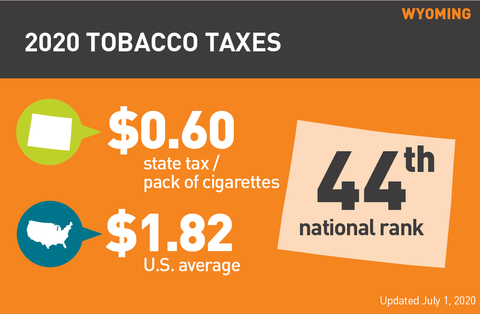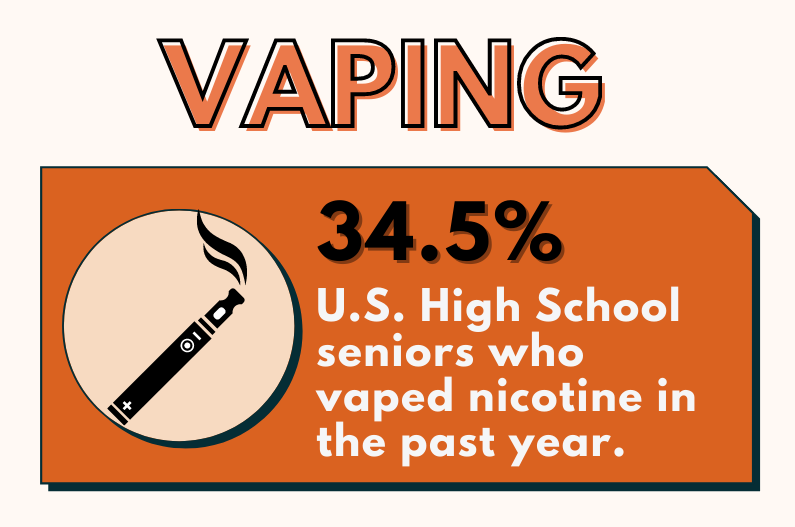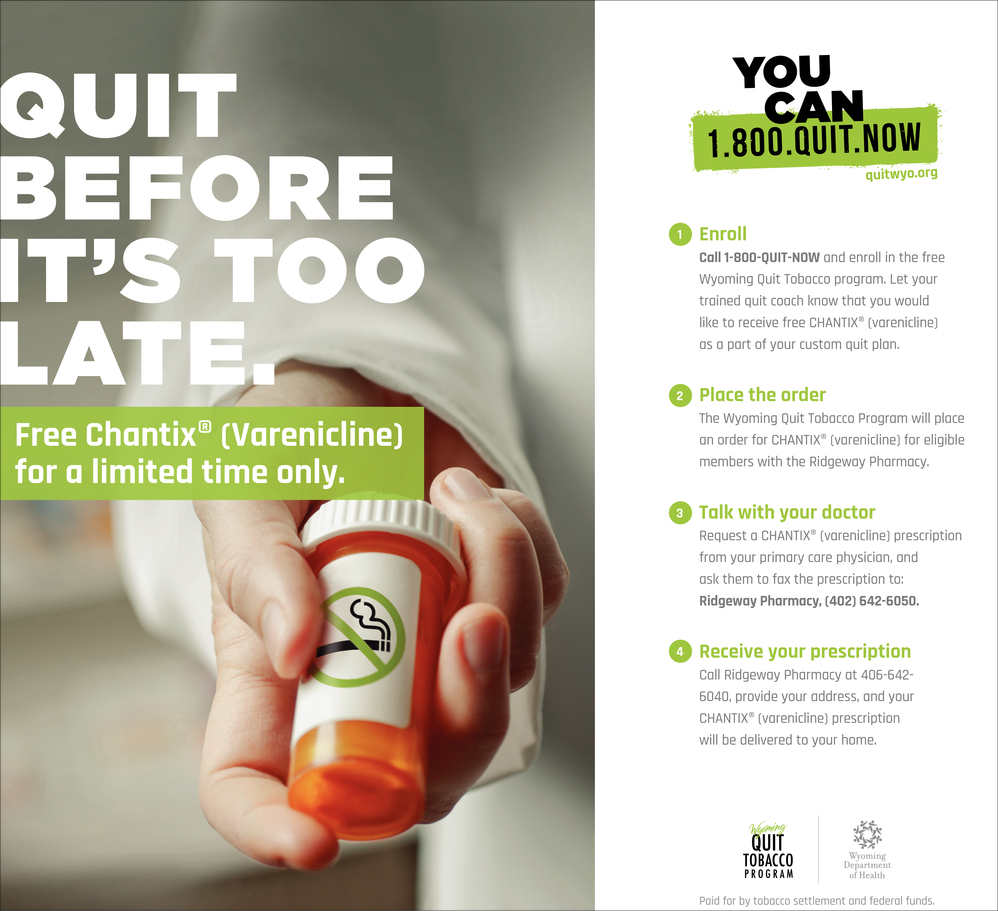Can adults help children decide to be smoke-free?
While there is no sure way to prevent all children and teenagers from experimenting with cigarettes, the good news is that parents and other adults play an important role in children and teenagers’ decisions about smoking. Discuss the facts about smoking so they can make informed choices.
Why should adults talk to children about smoking?
Regular cigarette smoking causes many more deaths every year than alcohol, heroin and all other drugs put together. Most adult smokers begin smoking in their teenage years and most with they could quit. Young people often don’t realize how quickly a person can become “hooked” on smoking. Talking with them can help them gain confidence in their ability to make healthy and independent choices.
Do children and teenagers value what parents (and other adults) say?
Although parents (and other adults) often say they feel ignored by teenagers, teenagers report that advice from adults about cigarettes (and information about alcohol and other drugs) is helpful because it prepares them for the realities of life. Research shows that the most effective conversations value the viewpoints of children and teenagers and encourage them to discover facts for themselves.
What can adults do to prevent children and teenagers from smoking cigarettes?
It is important for adults to set standards for children and teenagers about smoking. Adults who smoke cigarettes may feel uncomfortable about this; however, it is important to point out the risks that smoking causes to health.

Source: Truth Initiative
Campbell County Tobacco Prevention Key Indicators

Source: 2020 Monitoring the Future Survey
Vaping Information
What is vaping?
Vaping is the act of inhaling a vaporized liquid from an electronic device. The vapor commonly contains nicotine, flavoring and other additives. It also can contain THC, the chemical in marijuana that makes the user feel “high.”
What are the different vape products?
Popular terms for vaping devices include JUULs, e-cigarettes, e-cigs, smokeless cigarettes, vaporizers, vape, vape pens, vapor pens, mods, tanks, cigalikes, e-hookah and hookah pens. These vary widely in size, shape and design. Some look like computer flash drives or highlighters, while others are bulky and box-like. To learn more, visit Vaping 101: What You Need to Know.
What is in vape juice or e-liquid?
Vape juice, e-liquid, JUULpods – these are all names for the liquid that is vaporized into an aerosol cloud. Vape juice most commonly contains three ingredients: propylene glycol and/or glycerin, chemicals for flavoring and nicotine.
The pods for JUULs, the brand name of the most popular vaping device among teens, contains nicotine 100 percent of the time. The amount of nicotine in one JUULpod has the same amount of nicotine in an entire pack of cigarettes. Some vape pods can also contain THC, the chemical in marijuana that makes the user feel “high.” Complicating the issue, vaping doesn’t give off the telltale smell of smoking marijuana or cigarettes.
Is vaping healthier than smoking cigarettes?
Though some may claim vaping is less dangerous than traditional cigarettes, that doesn’t mean that vaping is safe. In other words, “safer” doesn’t mean safe. Studies have shown that the aerosol vapor can contain dangerous toxins, including heavy metals and chemicals known to cause cancer and other diseases.
And most vape devices contain nicotine, which is highly addictive. Human brain development continues far longer than was previously realized (until age 25), and nicotine use during adolescence and young adulthood has been associated with lasting brain impairments, including effects on working memory and attention.
There are also no standard regulations for vape manufacturers. Even with more than 450 different types of vape products, there are no universal standards for product design, ingredients and safety features.
More troubling, some vape products are owned by big tobacco companies, which have a history of prioritizing sales over safety.4
Some teens say they just vape flavors, without nicotine or THC. Is that possible?
While some vapes do not contain nicotine or THC, most do. In fact, 100 percent of JUULs – teens’ top choice for vaping devices – contain nicotine. And each JUUL pod contains the same amount of nicotine as a whole pack of cigarettes. Plus, studies have shown that most vaping products labeled “nicotine free” actually contain nicotine.5 For teens who don’t want to become addicted to nicotine, the safest option is not to vape at all.
Can teens under age 18 legally vape and buy these products?
Vape devices and paraphernalia cannot legally be sold to or used by anyone under the age of 18.
How can I tell if or what kids are vaping?
That’s part of the problem – it can be very hard to tell if a teen is vaping. Not only do manufacturers make discreet devices that resemble flash drives, highlighters and more, but they also do not have the same strong odor that is often a giveaway for parents and teachers. Vaping is so discreet, in fact, that students have been known to vape during class.
Is vaping healthier than smoking cigarettes?
Though some may claim vaping is less dangerous than traditional cigarettes, that doesn’t mean that vaping is safe. In other words, “safer” doesn’t mean safe. Studies have shown that the aerosol vapor can contain dangerous toxins, including heavy metals and chemicals known to cause cancer and other diseases.
And most vape devices contain nicotine, which is highly addictive. Human brain development continues far longer than was previously realized (until age 25), and nicotine use during adolescence and young adulthood has been associated with lasting brain impairments, including effects on working memory and attention.
There are also no standard regulations for vape manufacturers. Even with more than 450 different types of vape products, there are no universal standards for product design, ingredients and safety features.
More troubling, some vape products are owned by big tobacco companies, which have a history of prioritizing sales over safety.4
Local & National Resources
We have gathered a number of resources to help you have conversations and help you quit.

